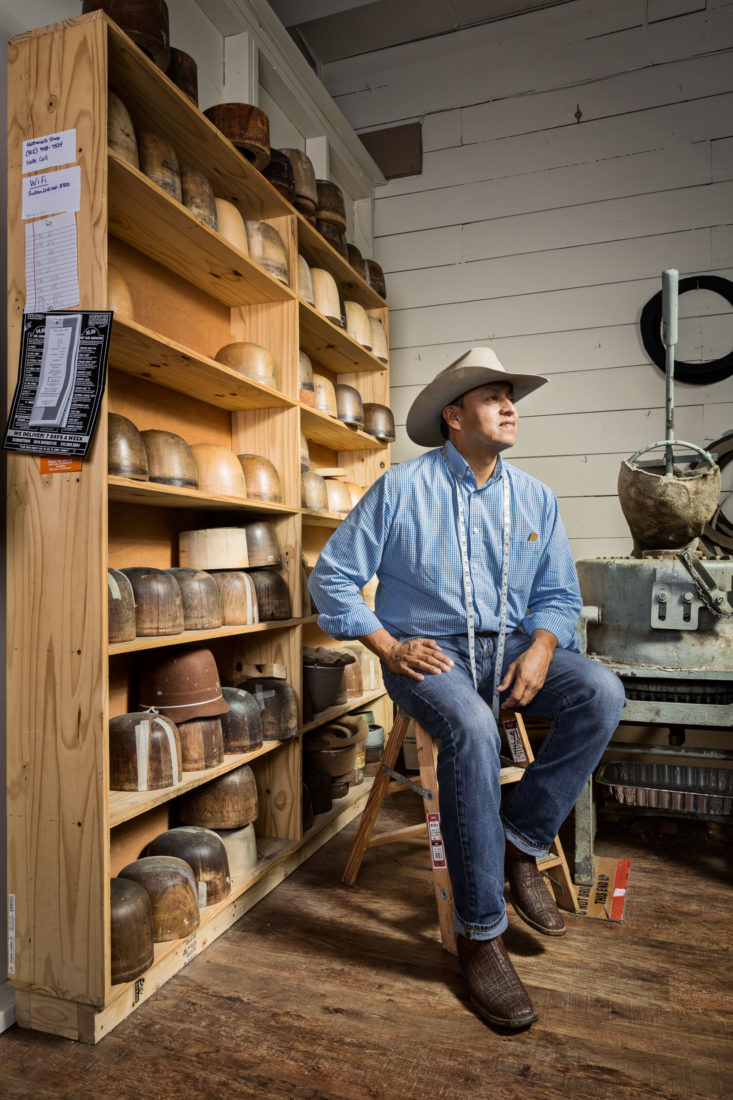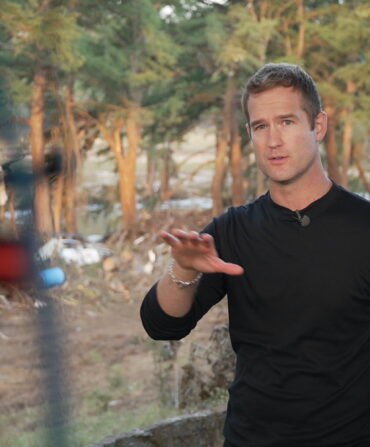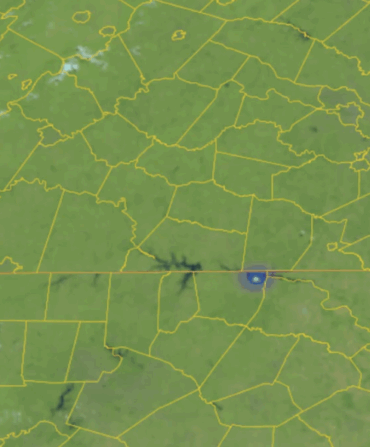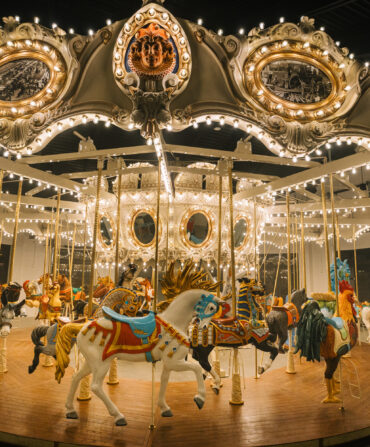Nate Funmaker can craft a perfectly fitted derby, or a fedora, if that’s your wish. But as the master hatter behind Nathaniel’s Custom Hats, his small workshop and storefront in historic downtown Georgetown, Texas, he knows that nearly all of his time and talent will go into the longstanding local topper of choice.
“Cowboy hats are hot right now,” he says, “and Texas is the heart of custom-made cowboy hats.”
Born into the Ho-Chunk Nation in Wisconsin, Funmaker was raised in a large family and community steeped in creative traditions. (His father, Adam Funmaker, was a renowned scrimshaw artist.) Cowboy hats weren’t necessarily part of those traditions.
“I’m Native American, and I always made a living as an artist,” Funmaker says. “I just sort of stumbled into this because of a good friend who was obsessed with hats. I helped him run his business in Colorado and ended up loving it more than he did.” When the apprentice surpassed the teacher, Funmaker bought out his friend and started his own enterprise, which he relocated to Texas in 2015.
What exactly is a master hatter? “Well, there is no certificate,” Funmaker admits. “My definition is someone who knows every facet of how a hat is made—and can do it.”
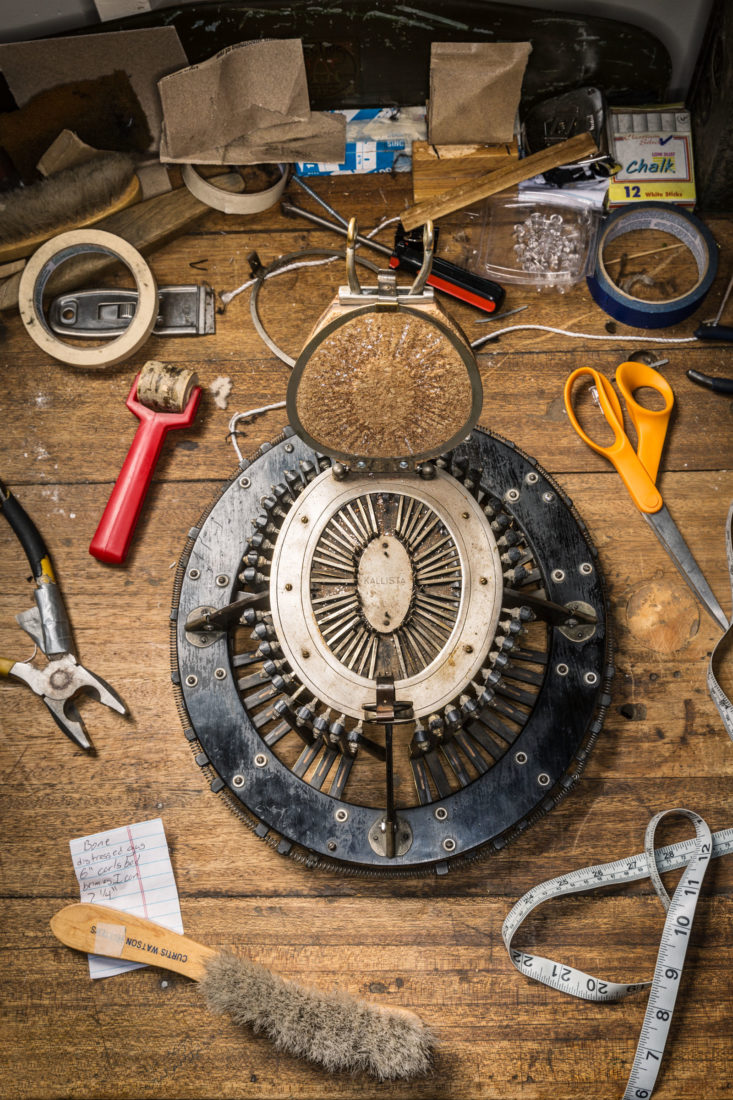
Funmaker does it with practiced hands and an assortment of odd-looking, vintage contraptions. The bespoke process begins with measuring every contour of a client’s cranium with a conformateur, a nineteenth-century French device of small metal rods that pop up to imprint a paper template. From there, he spends about fifteen hours cutting, steaming, and shaping a rabbit or beaver felt blank into the customer’s preferred style of cowboy hat. That selection requires the deployment of a hatter’s subtler, but equally vital, skills.
“If somebody doesn’t know the right style for them, I tell them we’re going to find out together. It involves where they live, whether they ride horses, and so on,” Funmaker says. “I want to match the hat to the individual organically, rather than forcing someone to look like Indiana Jones or Quigley Down Under. That discovery is what I love most these days.”
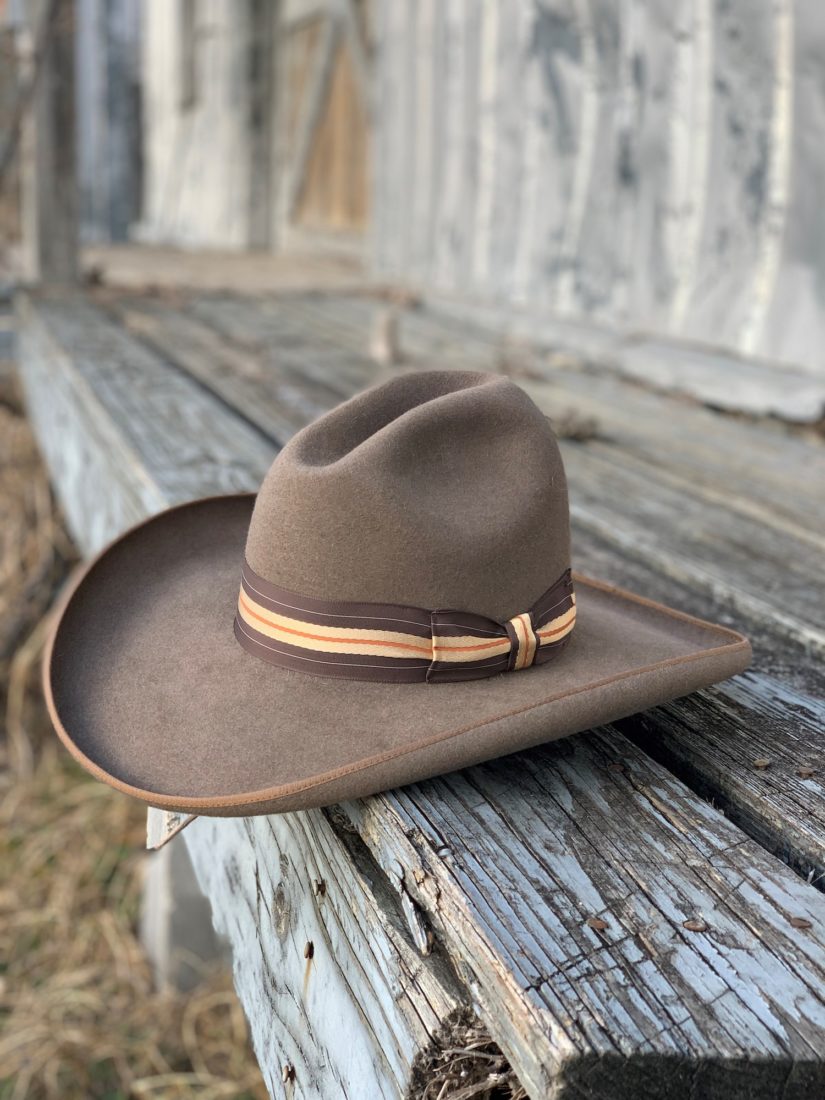
Popular looks range from the wide-brimmed, range-ready Classic Gus (think Lonesome Dove) to the urbane 512 Cattleman, inspired by President Lyndon B. Johnson. Either can last for decades, even when worn through rain and snow. For such craftsmanship and quality, Funmaker’s discerning clientele doesn’t mind paying $600 to $1,000—and joining a wait list that currently runs to a year. Customers include ranchers, bankers, politicians, and the occasional celebrity, who find him mostly by word of mouth. “I love what I do, but I don’t need the whole world to know me,” he says. “I’m kind of a throwback, I guess.”
Since setting up his shop, Funmaker has plied his trade mostly alone and, as far as he knows, is the country’s sole Native American master hatter. That may be changing, as son Ethan recently graduated high school and began apprenticing with his father. Hats off to them both.


